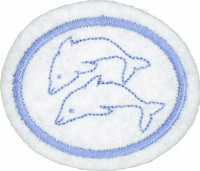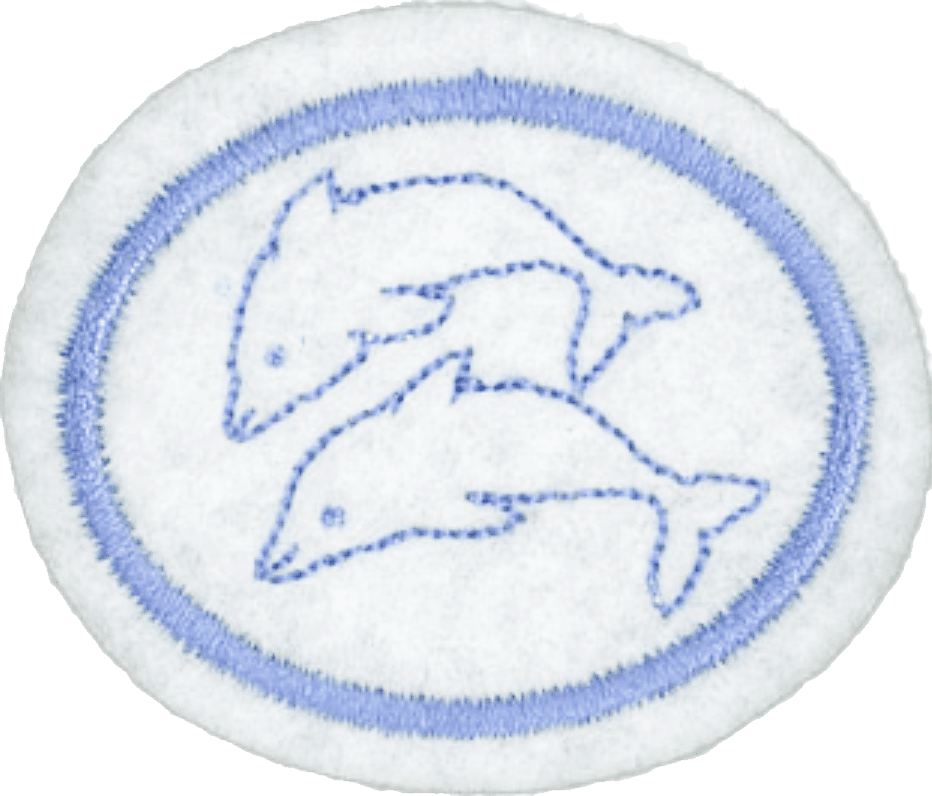Difference between revisions of "AY Honors/Cetaceans/Requirements/es"
(Created page with "Especialidades JA/Cetáceos/Requisitos") |
(Created page with "</noinclude>Explicar la diferencia entre las ballenas barbadas y las dentadas. <noinclude>") |
||
| Line 6: | Line 6: | ||
<noinclude></noinclude><section end=req1 /></b> | <noinclude></noinclude><section end=req1 /></b> | ||
| − | <b>2. <section begin=req2 /><noinclude> | + | <b>2. <section begin=req2 /><noinclude></noinclude>Explicar la diferencia entre las ballenas barbadas y las dentadas. |
| − | </noinclude> | + | <noinclude></noinclude><section end=req2 /></b> |
| − | <noinclude | ||
| − | |||
<b>3. <section begin=req3 /><noinclude><div lang="en" dir="ltr" class="mw-content-ltr"> | <b>3. <section begin=req3 /><noinclude><div lang="en" dir="ltr" class="mw-content-ltr"> | ||
Revision as of 16:12, 6 April 2021
1. ¿De qué manera la familia de los cetáceos es distinto a la mayoría de los demás seres vivos marinos?
2. Explicar la diferencia entre las ballenas barbadas y las dentadas.
3.In what way have Whales and Dolphins been a benefit to man?
Explain how it is that a Whale which breeds in the warm waters of the tropics can also survive the ice cold water of the Antarctica where they go to feed, (considering the whale is a warm blooded mammal like humans).
Memorize the following Scriptures concerning whales:
Write and read to a group, or tell from memory, the story of Jonah.
Successfully draw a Baleen Whale and identify where the following body parts are:
- a.
Baleen Plates
- b.
Blowhole
- c.
Dorsal Fin
- d.
Ear
- e.
Eye
- f.
Throat Pleats
- g.
Flukes
- h.
Flippers
- i.
Genital Slit
- j.
Median Notch
- k.
Peduncle
8.
Be able to identify at least fifteen Cetaceans.


